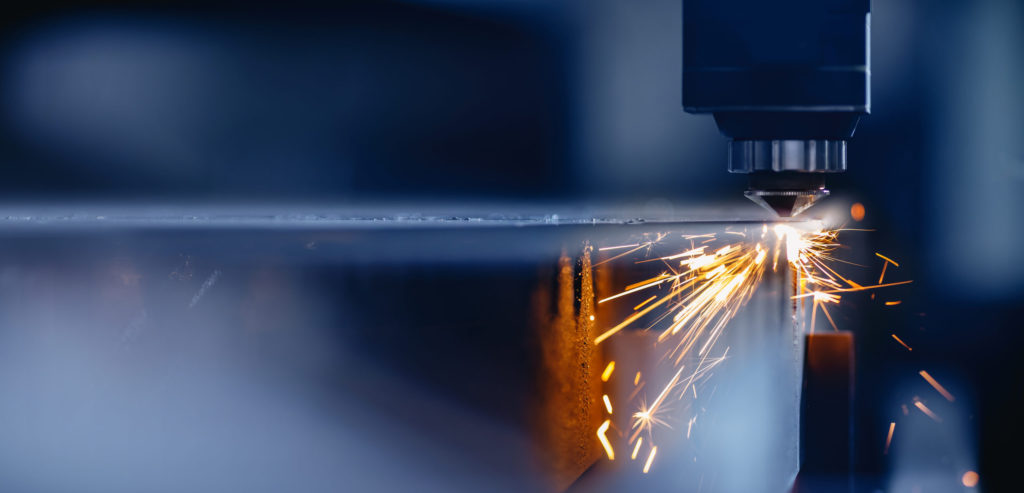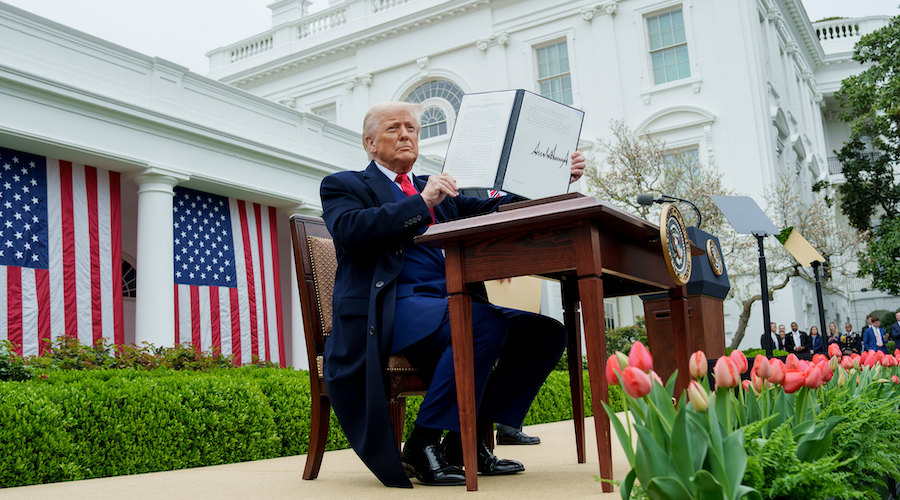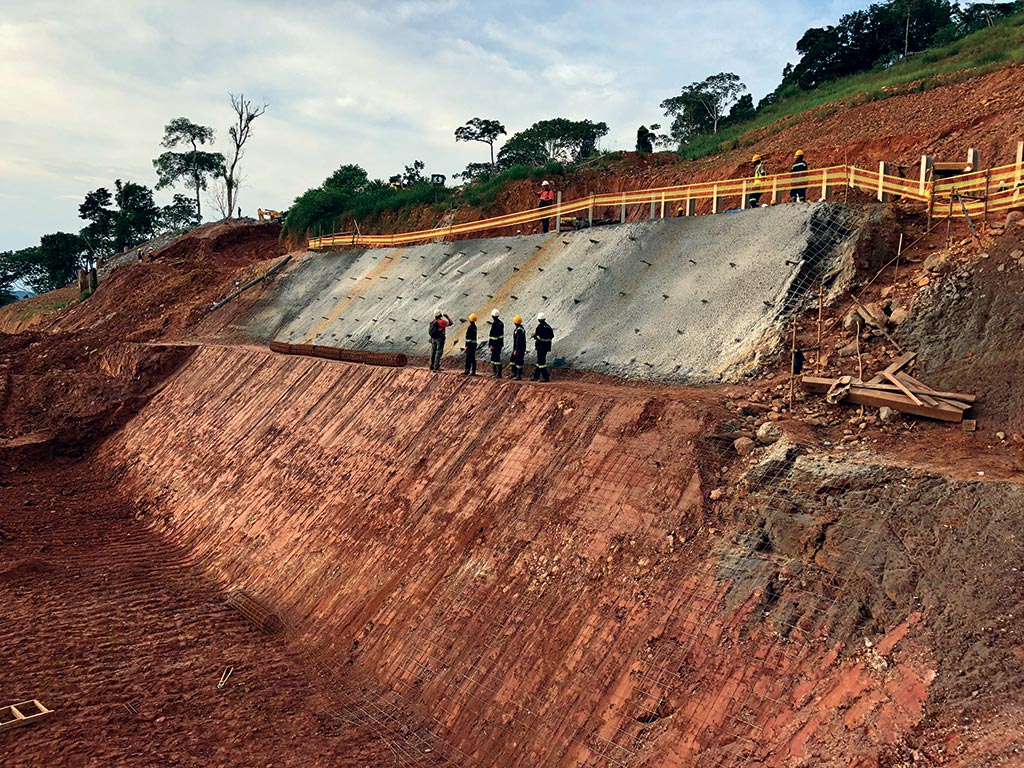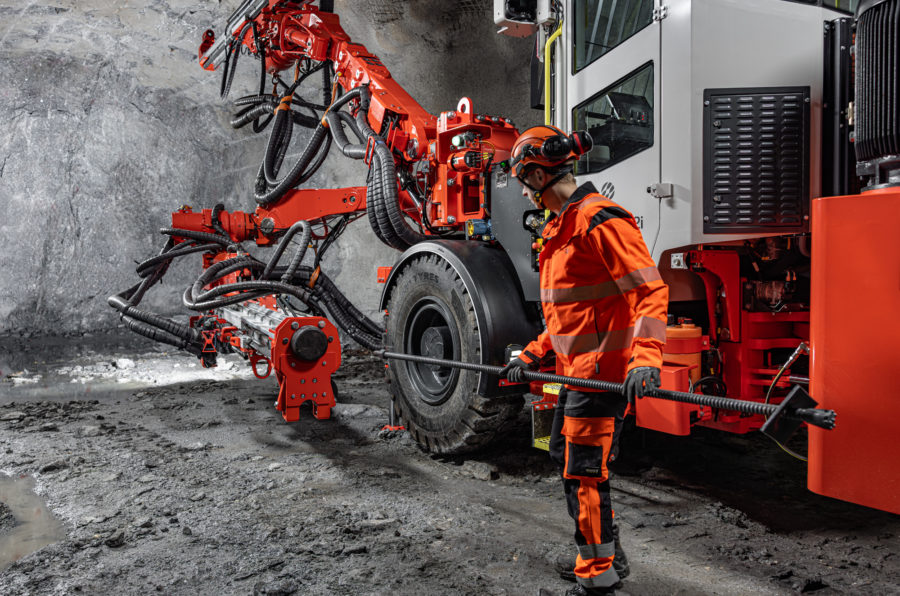Trade spats to curb industrial metals demand: BMO

BMO Capital Markets has lowered its demand estimates for next year on the anticipation that higher tariffs and multilateral trade friction could tamp down industrial output.
“There is no getting away from the fact that tariffs are not helpful to the metals and mining sector,” the bank’s metals and mining equity team said in its Dec. 13 commodity outlook for 2025.
“While final structures will not be known until next year, in our view metals and bulk commodity markets had generally factored bi-lateral United States-China tariffs into demand projections, but not a multi-lateral trade war which drags in Canada, Mexico, Europe and key Asian economies.”
BMO forecasts 1.8% industrial production growth globally next year, but says it will be weighted in 2025’s first half because of a bounce in sentiment as president-elect Donald Trump takes office and China adjusts supportive policies. Growth is to ease in the second half as demand slows.
China policy uncertain
Visibility on China’s fiscal policy will likely remain clouded until the US firmly sets its course under the new administration.
But BMO notes that the world’s second-largest economy “continues to perform better than underlying sentiment, and policy is loosening.”
What the bank’s analysts see so far is that Beijing has prepared for local government debt cuts and industrial consolidation. That may allow for a faster economic response to global dynamics.
But it points out that while China has used stimulus measures over the last two decades and it has been a key buyer in metals markets, its current approach is a different type of effort than before. There’s more focus on cutting debt and less on boosting investment. It’s more about “doing just enough” to prevent the risks that often accompany growth, the bank said.
China’s non-financial debt burden is nearing 20% of gross domestic product so China is acting more like a mature economy, the bank said. There’s an increased focus on consumption while authorities pivot to inflation targeting instead of credit targeting in their benchmarks. The People’s Bank of China is using quantitative easing — buying financial assets to inject cash into the economy — to prevent a shift to excessive private sector saving over spending.
At the same, however, BMO notes that China has options for more infrastructure investment measures if it feels they are necessary.
In terms of currency, Chinese policymakers could depreciate the renminbi in 2025 as a strategy to counter tariffs. It said 7.5 renminbi to the dollar is a likely level, which would be the weakest since 2007.
“For most metals and bulk commodities, most notably steel, aluminum and coal, this would be a negative for US dollar (USD) pricing, given raw materials become more expensive to Chinese consumers and processing costs in China would drop in terms. However, it may provide some support to gold demand given this has optionality to circumvent capital controls.”
Fiat currencies
BMO sees that concern over the potential de-dollarization of trade that was prevalent in 2024 will remain a key theme in 2025 due to rising debt levels.
“Quite simply, there is no solution to the US deficit, and with wider market concern over the role of fiat [government-backed] currencies as deficits increase across the world, we see holders of US debt looking to rotate some of this into alternate assets with gold to the fore.”
BMO forecasts there will be less interest in metals and bulk commodities from financial markets and governments next year than there was this year.
“We are firmly of the view that there has never been more interest in metals markets from the financial community (and governments) as there is at the present time,” the bank said. “However, in the aftermath of the US election, financial market interest has certainly shifted elsewhere, particularly given concerns over slowing trade, lower energy prices and few rate cuts in the US.”
Containing costs
Most metals and bulk commodities look “adequately supplied” next year, BMO says, which will put industry cost curves back under the microscope.
“It is well known that costs have increased, significantly in some cases, over the past three years, and this will give us a better indication of exactly where the pain points might be.”
Smelters are facing a “generational challenge,” says BMO, and its analysts expect “record low (inflation adjusted) contract copper and zinc treatment charges in 2025.” Unless smelters “take a widespread hit to utilization rates, smelter capacity will need to be cut, with older, smaller and less efficient smelters first to face the chop,” it warns.
Mine supply
In terms of 2025 guidance, companies have reported fewer unexpected downgrades than they have in more recent years, BMO notes, which could portend a better year ahead in terms of mine supply. The bank also points out that some companies are considering improvement strategies that could see operations marginally outperform expectations in the coming year.
However, rising jurisdictional risk could threaten mine supply, with resource nationalism a persistent challenge.
“We have seen a number of countries, most prominently but not exclusively in Africa, dispose existing mine owners, change terms of agreements and seek higher royalties. These moves are typically both sudden and surprising and have potential to disrupt existing supply and future investment.”
In addition, BMO does not foresee a change to the slow approvals of greenfield projects and sees other obstacles delaying mine development ahead.
While the mining sector finally is making a case for more project development and US president-elect Donald Trump and other countries are promising to streamline permitting, community opposition could be a formidable obstacle, BMO said.
That makes for a more competitive market for recycling and a focus on secondary supply. BMO says China started a central state-owned recycling operation in the fourth quarter that could diminish its need to be more aggressive in raw material markets.
Critical minerals
One big question next year will be how and where the US sources its critical minerals in a world with rising geopolitical strive and tariff wars.
Tensions are rising with China’s recent decision to cease exports of gallium, germanium and antimony to the US after Washington said it was restricting the export of high-bandwidth memory chips to China.
“When geopolitics gets serious, critical minerals will always come to the fore given China’s relative dominance,” BMO said. “Further restrictions from China look probable, and this could result in further amplified minor metals price moves in 2025.”
Beijing’s dependence on metal from Africa continues to rise and so will the country’s investment in the continent’s assets, BMO says.
The proportion of its cathode imports from Africa, for example, is now 40%, up from 9% in 2019.
“While this will potentially raise some future challenges in managing remote assets, we reiterate that while a large number of countries around the world continue to talk about securing raw material supply, China is actually doing something about it.”
EV slowdown
“The green energy transitions train slows, but keeps on rolling,” BMO says.
Global new electric vehicle (NEV) sales growth and installed grid capacity are set to be 24% and more than 70%, respectively, in 2024, according to Rho Motion.
It forecasts global battery demand to grow at a 2024-2030 compound annual growth rate of more than 20%. Some market analysts are predicting a resurgence in NEV sales in Europe next year.
As for investment in clean energy, BMO points out that 600 gigawatts of solar capacity is set to be added globally this year while solar module production will more than meet it.
BMO says global electrification is a strong theme when the International Energy Agency figures worldwide grid spending is nearing $450 billion this year from $300 billion in recent years.
“We are fundamentally of the view that electricity grid upgrades are in essence quasi-defence spending, particularly if artificial intelligence and data processing capacity is to be the next geopolitical battle in a world that looks increasingly unstable.”
Mining technology
Finding new technology that can be used in the mining industry is becoming a more acceptable notion. These new technologies include everything from new nuclear reactor designs to carbon14 diamond batteries.
There’s also so-called flash ironmaking, a faster, more energy efficient and less polluting alternative to the traditional blast furnace. China is researching the technique, the bank said.
It predicts some of the major mining companies will sign agreements with a few of the most promising technologies.
“Having been relatively ignored for years (if not decades), metals and mining technology is finally garnering some attention,” BMO says. “We would expect investor reaction to this to be generally positive (depending on capex required, of course).”
More News
Trump signs executive order to help revive dying coal sector
US president also instructed the Interior Department to locate coal deposits on federal lands, remove barriers to mining, and fast-track leasing processes.
April 08, 2025 | 02:32 pm
US envoy sees Alphamin reopening Congo tin mine as rebels depart
Alphamin halted mining last month at its Bisie mine to protect its employees as M23 rebels neared the site.
April 08, 2025 | 01:51 pm
Sandvik improves underground bolting safety with new pumpable resin system
The latest pumpable resin system, featuring Mineral Bolt technology from Sandvik Ground Support, now supports three bolt types.
April 08, 2025 | 01:44 pm
{{ commodity.name }}
{{ post.title }}
{{ post.excerpt }}
{{ post.date }}




Comments